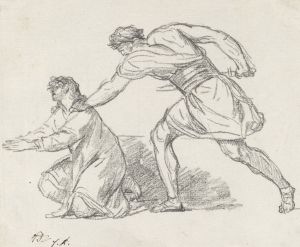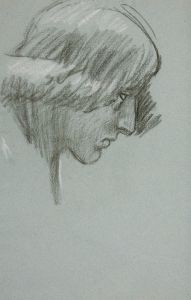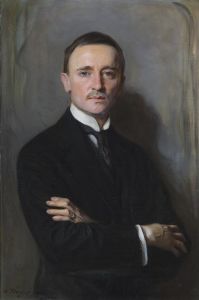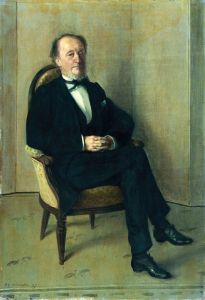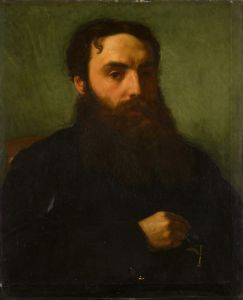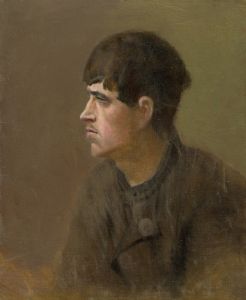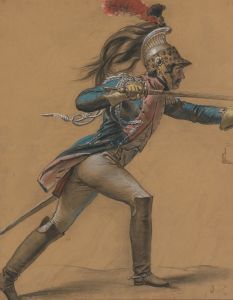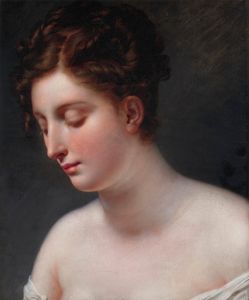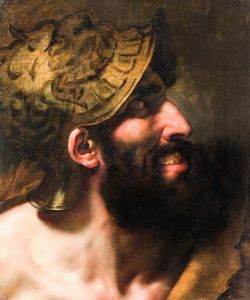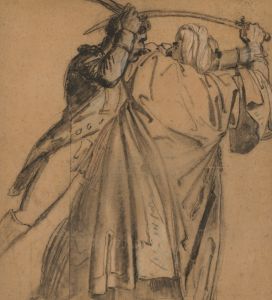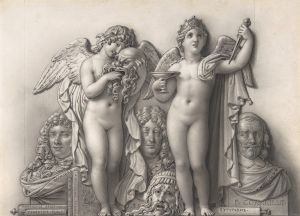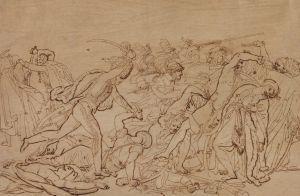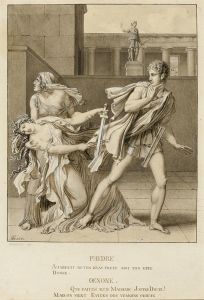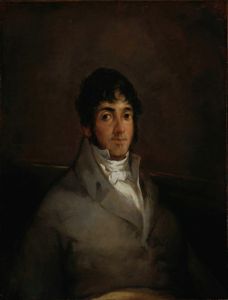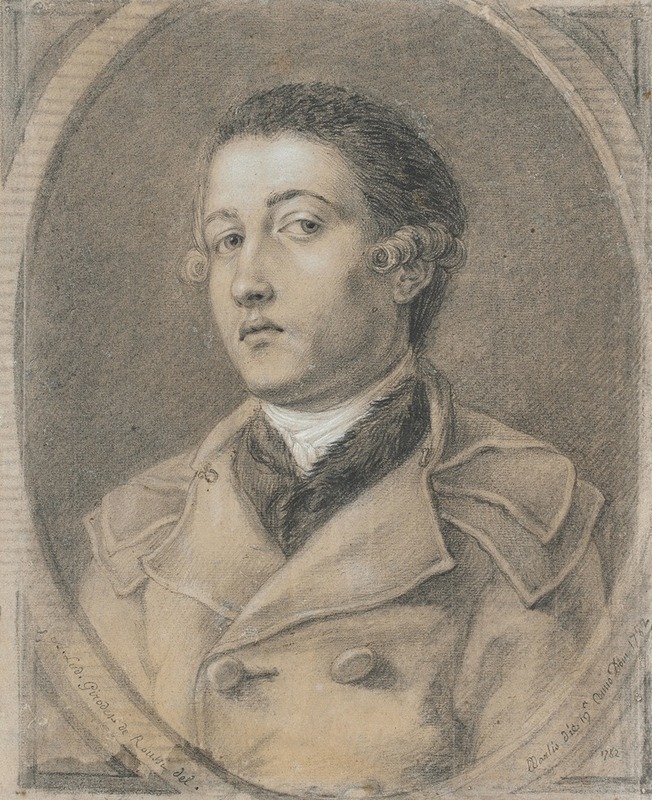
Portrait of a Young Man
A hand-painted replica of Anne Louis Girodet-Trioson’s masterpiece Portrait of a Young Man, meticulously crafted by professional artists to capture the true essence of the original. Each piece is created with museum-quality canvas and rare mineral pigments, carefully painted by experienced artists with delicate brushstrokes and rich, layered colors to perfectly recreate the texture of the original artwork. Unlike machine-printed reproductions, this hand-painted version brings the painting to life, infused with the artist’s emotions and skill in every stroke. Whether for personal collection or home decoration, it instantly elevates the artistic atmosphere of any space.
Anne Louis Girodet-Trioson was a prominent French painter known for his contributions to the Neoclassical movement. He was a student of Jacques-Louis David, one of the most influential artists of the time, and Girodet's work often reflects the precision and clarity associated with Neoclassicism. One of his notable works is "Portrait of a Young Man," which exemplifies his skill in portraiture and his ability to capture the essence of his subjects.
"Portrait of a Young Man" is a fine example of Girodet's attention to detail and his mastery of the human form. The painting depicts a young man with delicate features, dressed in the fashion of the late 18th or early 19th century. Girodet's use of light and shadow in the portrait is particularly noteworthy, as it highlights the contours of the young man's face and adds depth to the composition. The background is typically subdued, ensuring that the focus remains on the subject.
Girodet's portraits are known for their psychological depth, and "Portrait of a Young Man" is no exception. The young man's expression is contemplative, suggesting a sense of introspection or thoughtfulness. This ability to convey emotion and character is a hallmark of Girodet's portraiture and contributes to the lasting appeal of his work.
The painting also reflects the broader cultural and artistic trends of the period. During the late 18th and early 19th centuries, there was a renewed interest in classical antiquity, which influenced the Neoclassical movement. Artists like Girodet sought to emulate the ideals of beauty, harmony, and proportion found in ancient Greek and Roman art. This is evident in the balanced composition and the idealized features of the young man in the portrait.
Girodet's work was well-received during his lifetime, and he gained recognition for his unique style that combined elements of Neoclassicism with Romanticism. His ability to infuse his portraits with emotion and narrative set him apart from his contemporaries. "Portrait of a Young Man" is a testament to his skill and his contribution to the art of portraiture.
The painting is part of a larger body of work that includes historical scenes, mythological subjects, and other portraits. Girodet's versatility as an artist is evident in his diverse range of subjects and his ability to adapt his style to suit the theme of each work. Despite the challenges he faced in his personal life, including health issues, Girodet remained a dedicated and influential figure in the art world until his death in 1824.
Today, "Portrait of a Young Man" is appreciated not only for its aesthetic qualities but also for its historical significance. It offers insight into the artistic practices of the time and serves as a reflection of the cultural values of the period. As with many of Girodet's works, the portrait continues to be studied and admired by art historians and enthusiasts alike.





